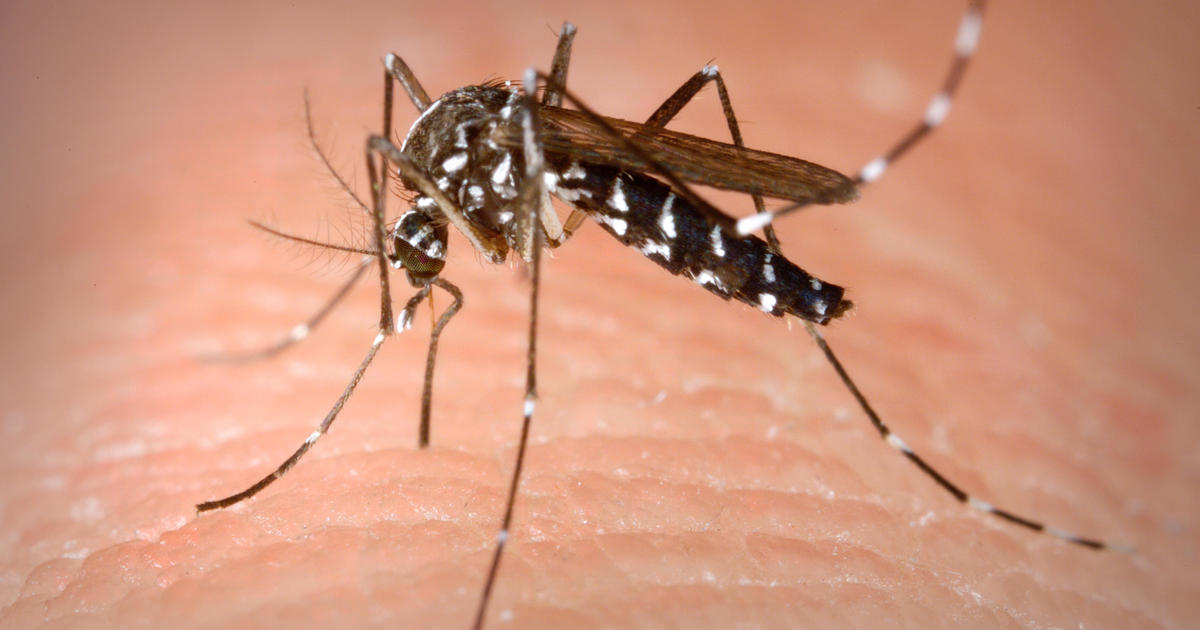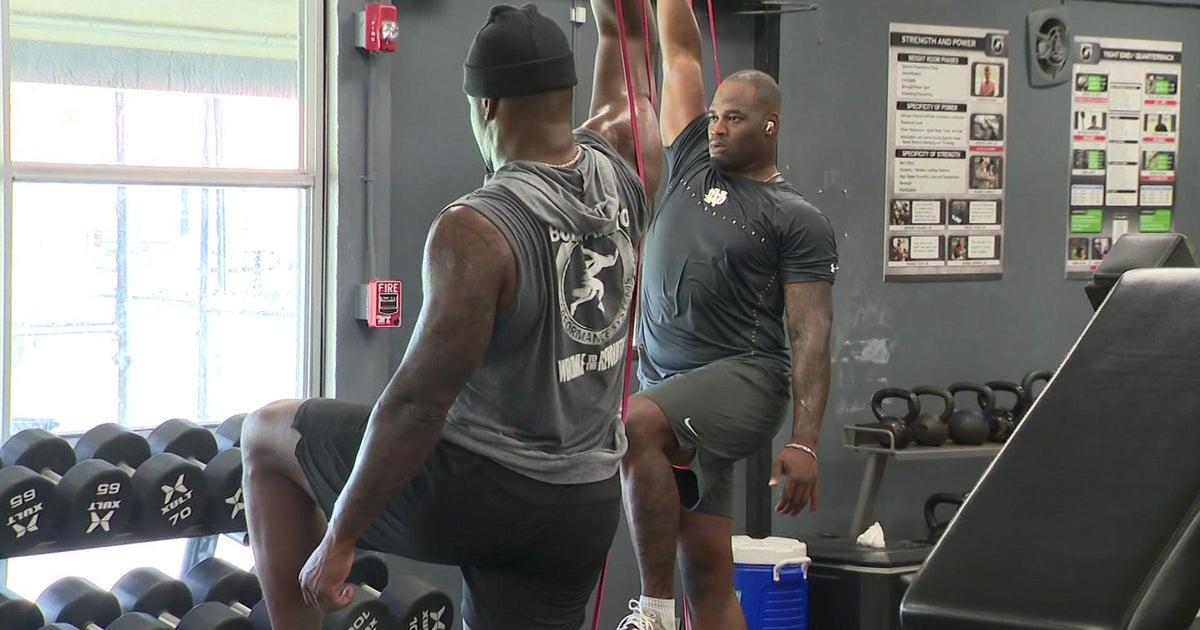A Look Back At The Unprecedented 2020 Hurricane Season
MIAMI (CBSMiami) -- The 2020 hurricane season earned the title of the most active year for hurricanes on record.
The forecast called for an extremely active hurricane season which began with the first named storm before the official start of the season. By the middle of the season, it looked like those forecasts would be correct and by the end, it turned out to be one for the record books.
For the second time in history the standard 21 storm names would not be enough, and for the first time in history we had thirty named storms finishing the season with Category 5 Hurricane Iota.
Storm tracks covered most of the Atlantic, and the Caribbean, with a large number of storms making landfall along the Gulf Coast.
The first major hurricane of the season was Laura which became a Category 3 storm on August 26. It would continue to strengthen before making landfall along the Louisiana Coast on August 27. It was one of eight named storms to impact the Gulf Coast from Tropical Storm Beta causing flooding in Texas to the Florida Panhandle where Hurricane Sally caused this damage around Pensacola.
Hurricane Delta, although not as strong, made landfall in nearly the same location as Laura delaying the recovery or even reversing it. Blowing out makeshift windows and plywood put in place after Laura.
This was not the only location that had to deal with multiple storms this season. In Nicaragua, major Hurricane Eta made landfall on November 3. It caused catastrophic damage and flooding there and in Honduras. It was less than 2 weeks later that Hurricane Iota made landfall just 15 miles south of where Eta did. Iota was a category 5 storm just off the coast with wind speeds of 160 mph but, like Eta, was a Category 4 storm at landfall. Catastrophic flooding pushed inland with the storm spreading from Nicaragua into Guatemala.
One of the few places relatively spared from this record hurricane season was South Florida.
Isaias was the closest hurricane staying just off the coast. Laura, however, was one storm we watched closely. Conditions were favorable to bring Laura, a strengthening tropical storm near Puerto Rico, towards South Florida before it redeveloped to the south of the island. The storm then continued to jog even farther south which meant a big change for our forecast. There was land disruption with Hispaniola and eventually Cuba which weakened Laura as it tracked over 100 miles to our south. If the storm had stayed with the northern track, it could have resulted in a significant hurricane for South Florida.
It wasn't until Early November that the 2020 hurricane season would bring the biggest impacts to South Florida. After curving back over the Caribbean, Eta crossed over Cuba and then turned northwest making landfall in the Middle Keys on Sunday Night November 8. Even though it was a Tropical Storm most of South Florida woke up to widespread flooding Monday morning. Areas in Broward County received over a foot of rain leading to flooding for days.
Of the 30 named storms for the record-breaking season, it was one tropical storm that had the biggest impacts here in South Florida.



